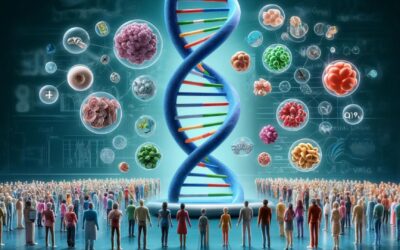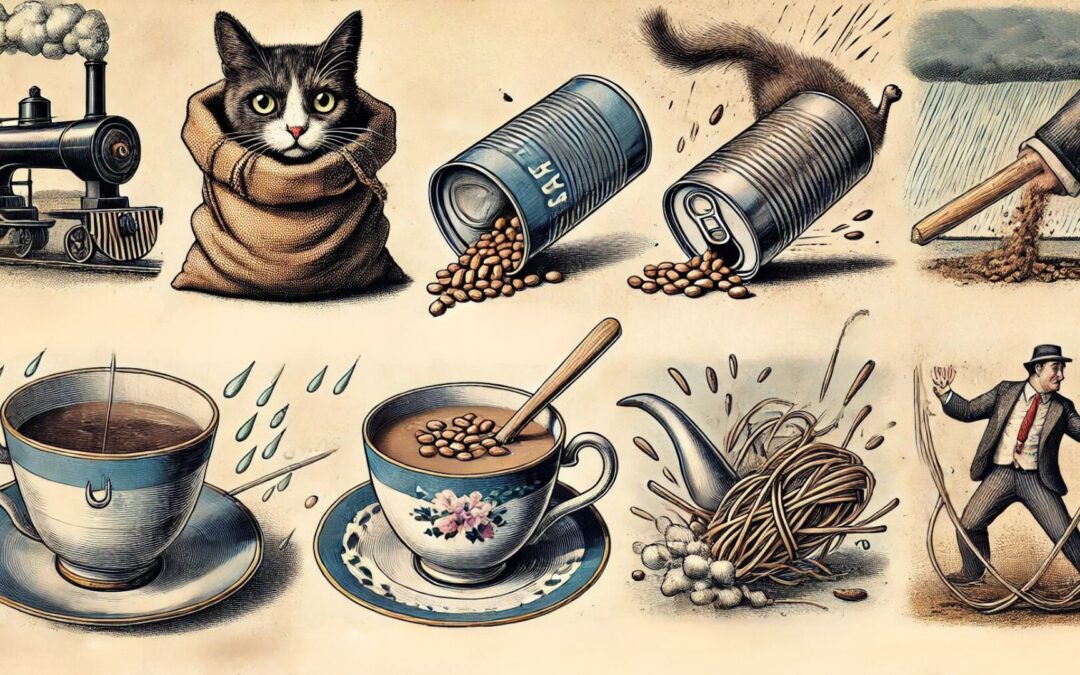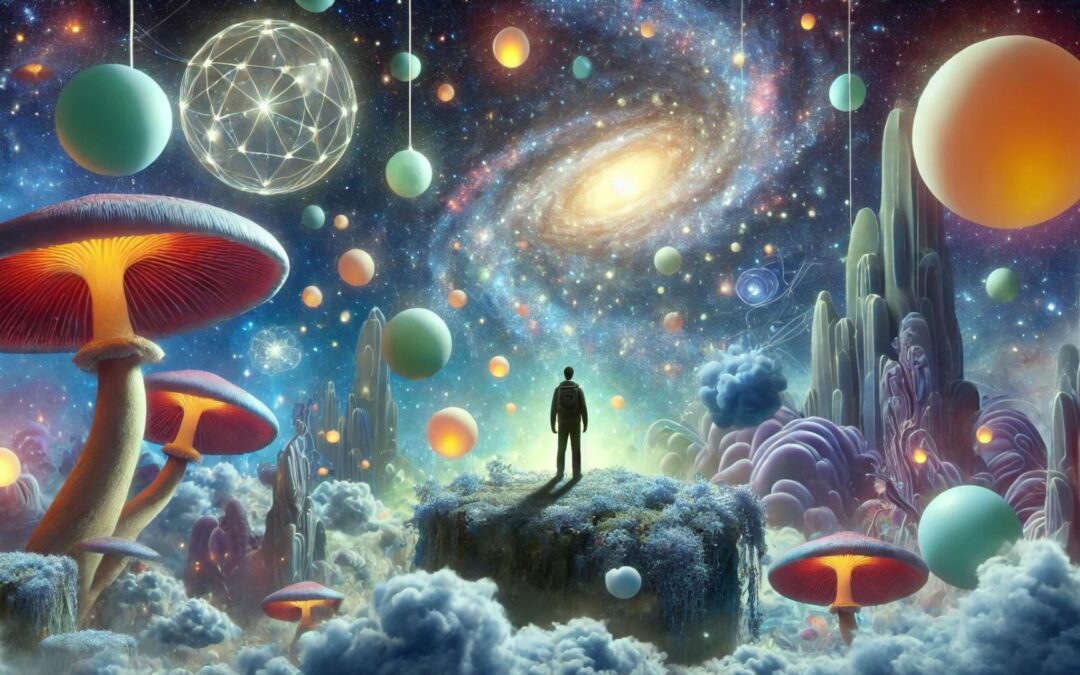Practice Worksheet
PDF Download Link
Transcript
ATMOSPHERE
Every time you take a breath, you are inhaling Earth’s atmosphere. You cannot see, smell, or taste Earth’s atmosphere. It is the air all around you. Other planets also have an atmosphere. An atmosphere is a blanket of gases that wraps around a planet or any other object in space.
EARTH’S ATMOSPHERE IS AIR
Earth’s atmosphere is made up of a mix of gases called air. Air contains more nitrogen than any other gas. Nitrogen makes up 78 percent of the air. Oxygen, the gas that is most important for keeping you alive, makes up 21 percent. Earth is the only planet to have so much oxygen in its atmosphere. Water vapor and other gases are also present in small amounts in Earth’s atmosphere.
The pull of gravity holds the atmosphere in place. Without gravity, the air in Earth’s atmosphere would float off into space. Gravity is the force that also keeps you from floating away from Earth.
THE WEIGHT OF AIR
Air has weight. You cannot feel the weight of air, but all the air in the atmosphere presses downward. This weight is called atmospheric pressure. Atmospheric pressure depends on how much gas is in the atmosphere. The higher you go, the less air there is and the lower the atmospheric pressure gets. The atmosphere is heaviest and the atmospheric pressure highest close to Earth.
Differences in air temperature close to Earth form areas of high and low pressure. Warm air is light and rises upward. It makes low-pressure areas. Cold air is heavy and sinks. It makes high-pressure areas.
WEATHER AND THE ATMOSPHERE
Air in the atmosphere is always moving. You can feel air blowing on your face. You can see air scattering autumn leaves and making tree branches sway. Moving air is called wind. The wind blows where areas of high and low atmospheric pressure meet. As warm air rises, cold air rushes in to take its place.
Big areas of high and low atmospheric pressure cause storms. Thunderstorms often occur where big areas of high and low pressure come together. Huge thunderclouds form in these places.
Water vapor in the atmosphere makes clouds. Water vapor is a gas. As the gas cools, it turns to liquid water. The water falls to Earth as rain or snow.
A LAYER CAKE OF AIR
Earth’s atmosphere extends about 6,000 miles (9,600 kilometers) above the surface of Earth, where we live. You can think of the atmosphere as having several layers. Most of our weather comes from winds, temperature changes, and water vapor in the layer nearest Earth’s surface. This layer is called the troposphere. Most of the clouds you see in the sky are floating in the troposphere.
The stratosphere is the layer above the troposphere. Jet airplanes fly in the stratosphere because there are few clouds up so high and the ride is usually less bumpy. Earth’s ozone layer is in the stratosphere. The ozone layer absorbs, or soaks up, harmful rays from the Sun. These harmful rays would probably destroy life if they reached Earth’s surface.
The atmosphere gets thinner and thinner in the next layers up, the mesosphere and thermosphere. The top layer of Earth’s atmosphere is the exosphere. The atmosphere ends here, about 6,000 miles (9,600 kilometers) above Earth’s surface. The thin air here gradually merges with outer space.
ATMOSPHERES ON OTHER PLANETS
Any planet that has gas around it has an atmosphere. Mercury, the planet closest to the Sun has almost no atmosphere. Pluto, the planet farthest from the Sun, is so cold that sometimes its atmosphere freezes. The gases in Pluto’s atmosphere turn to ice.
There are colorful bands of clouds in the atmospheres of some planets. A gas called methane makes the atmospheres of Neptune and Uranus look smooth and blue. Jupiter has a swirling storm in its atmosphere called the Great Red Spot that may be like a giant hurricane.












0 Comments